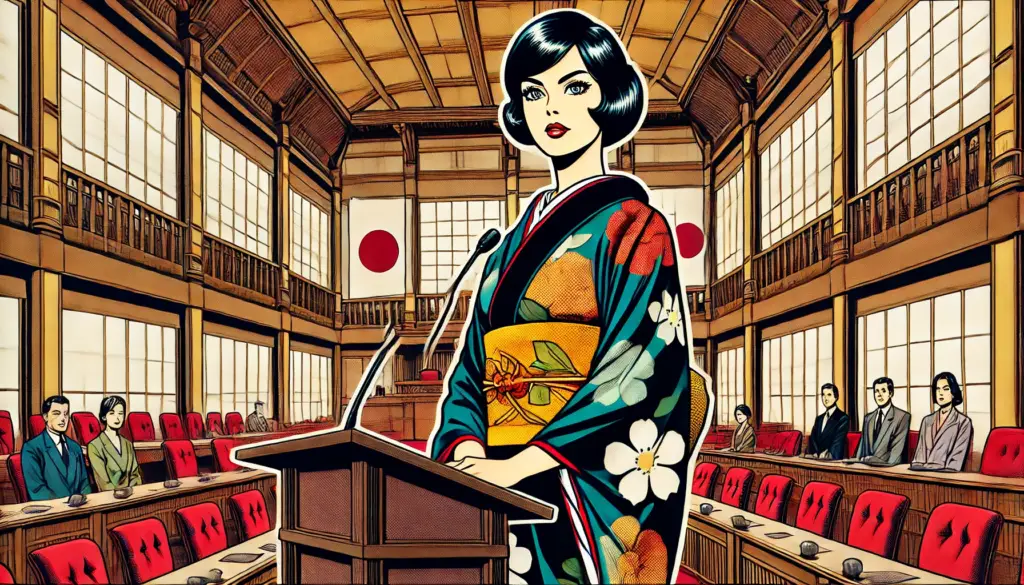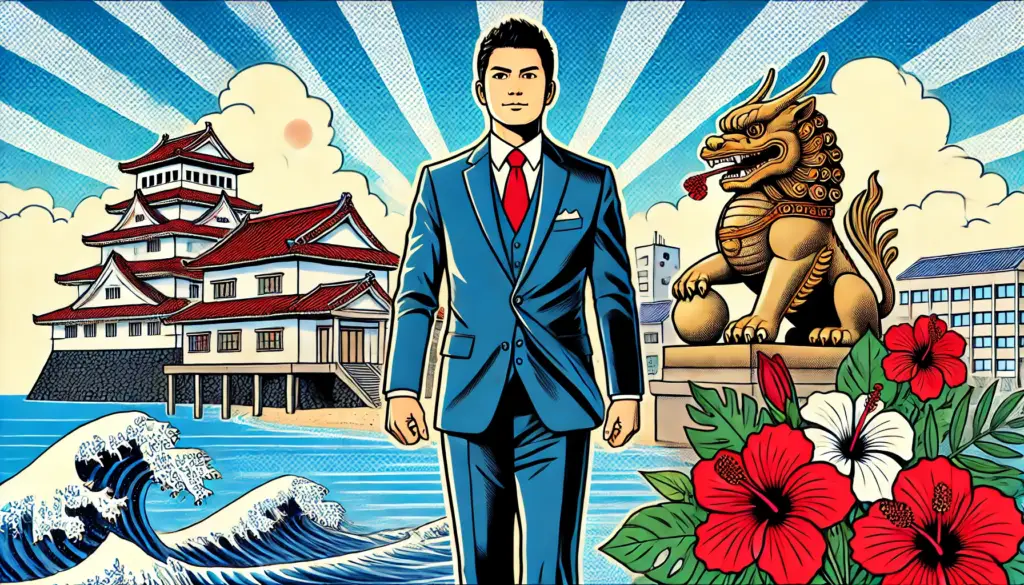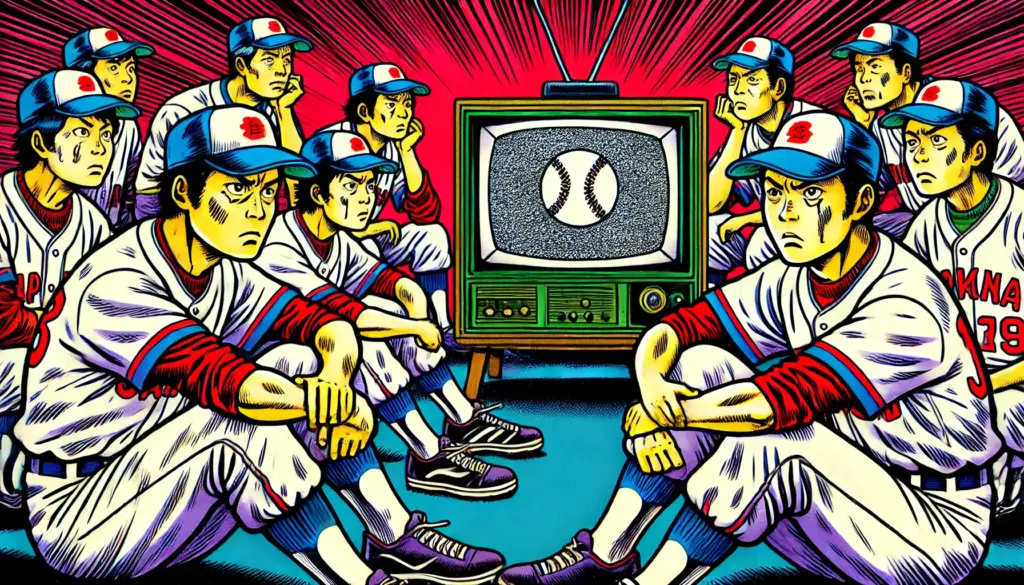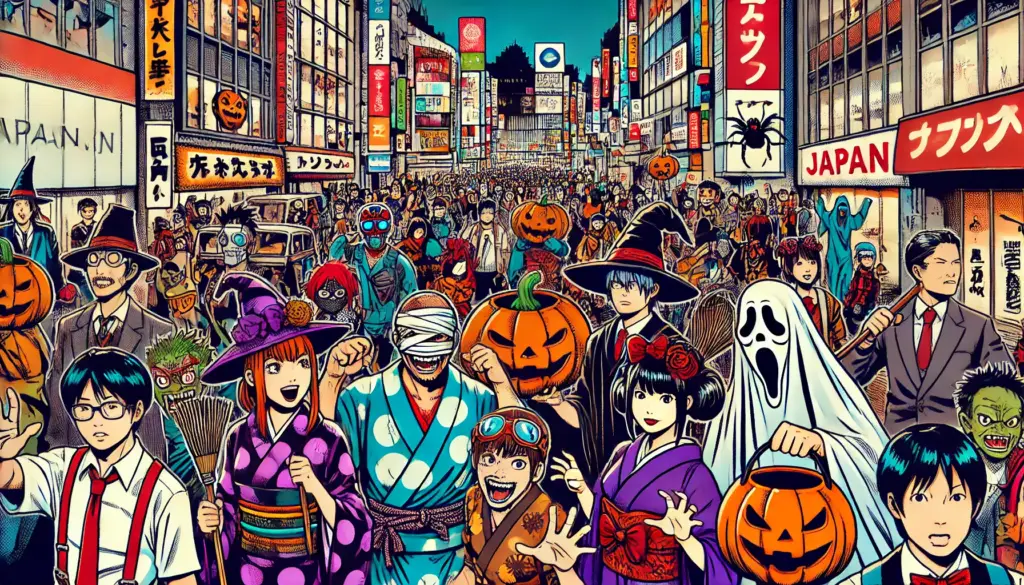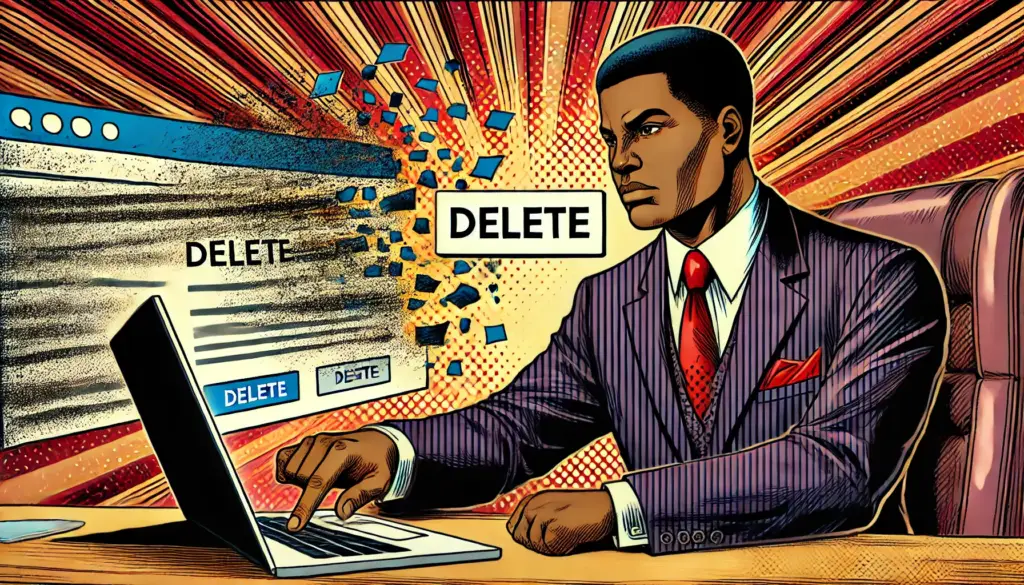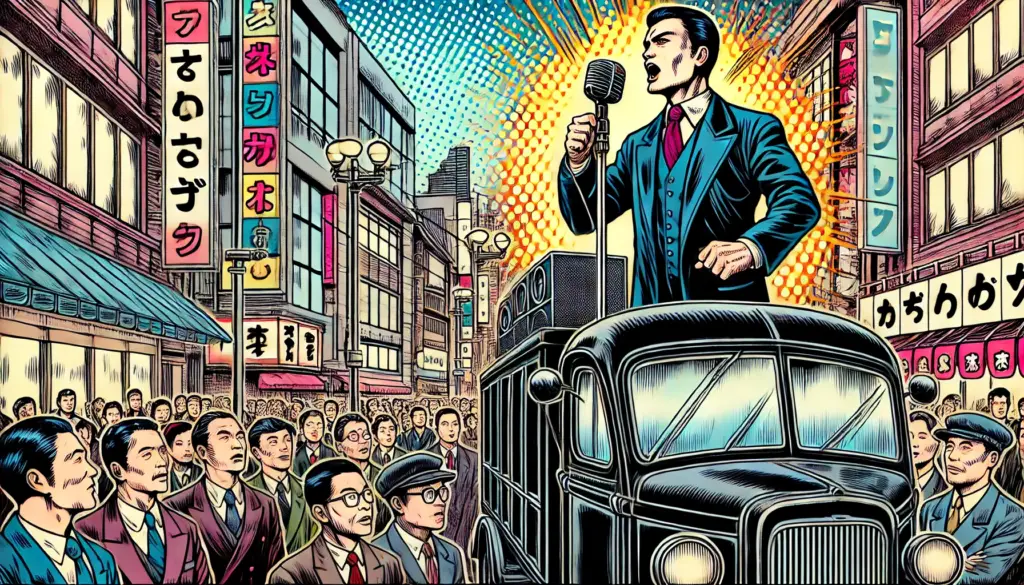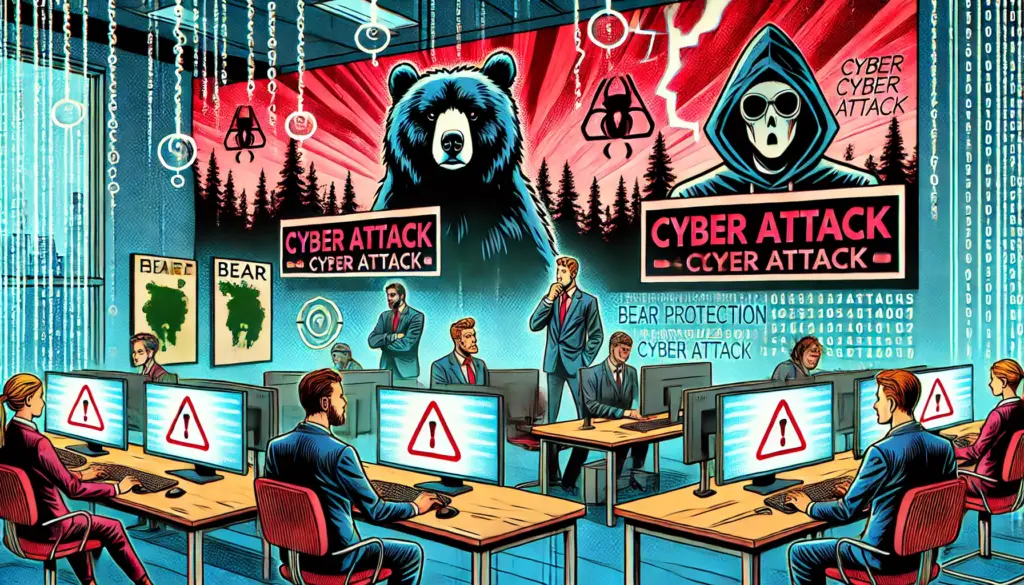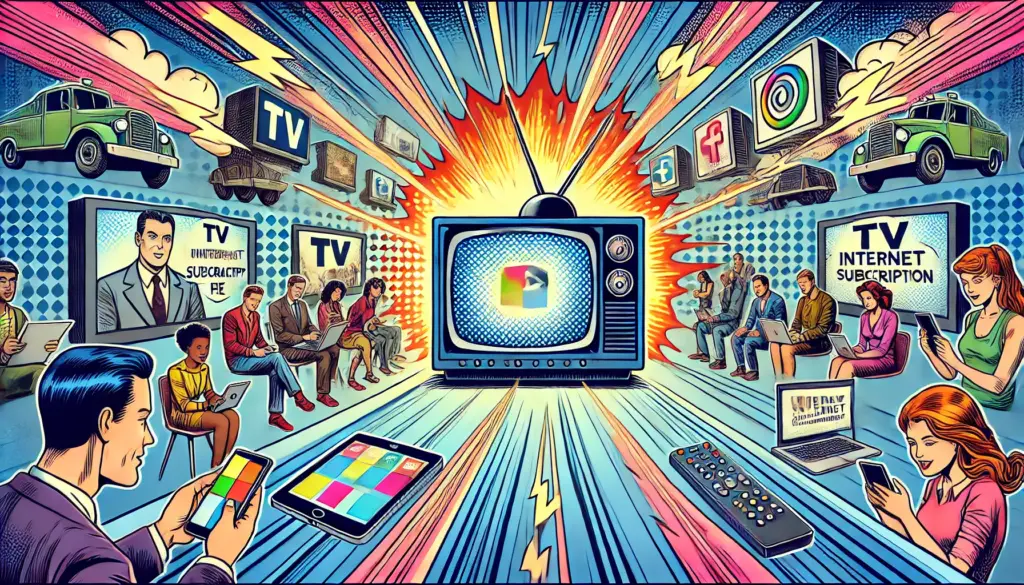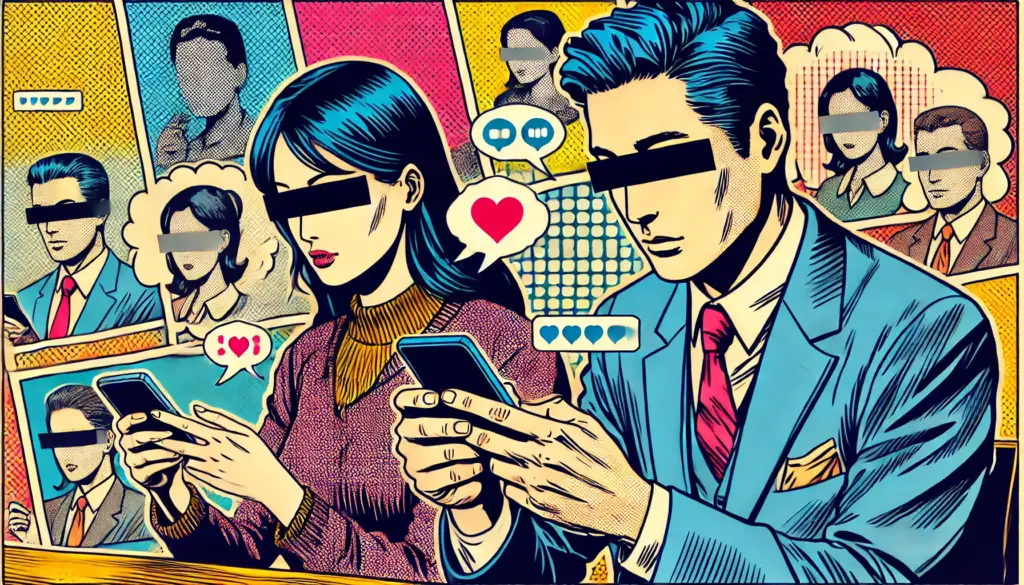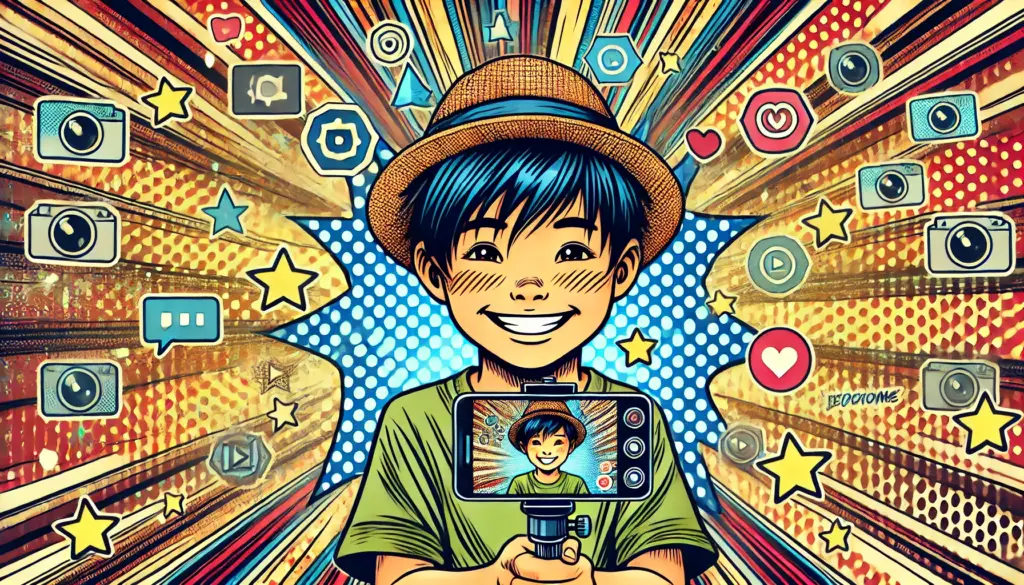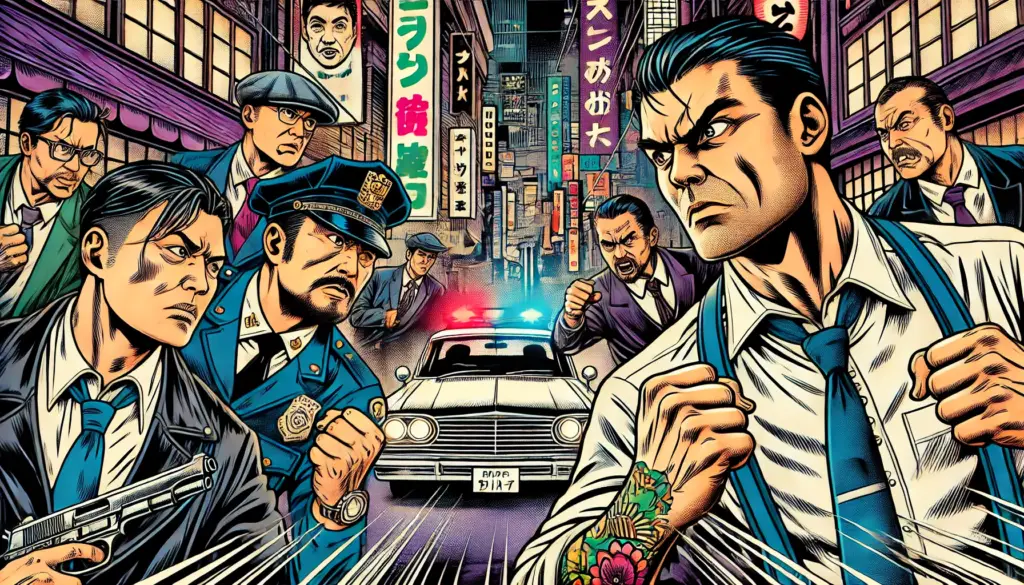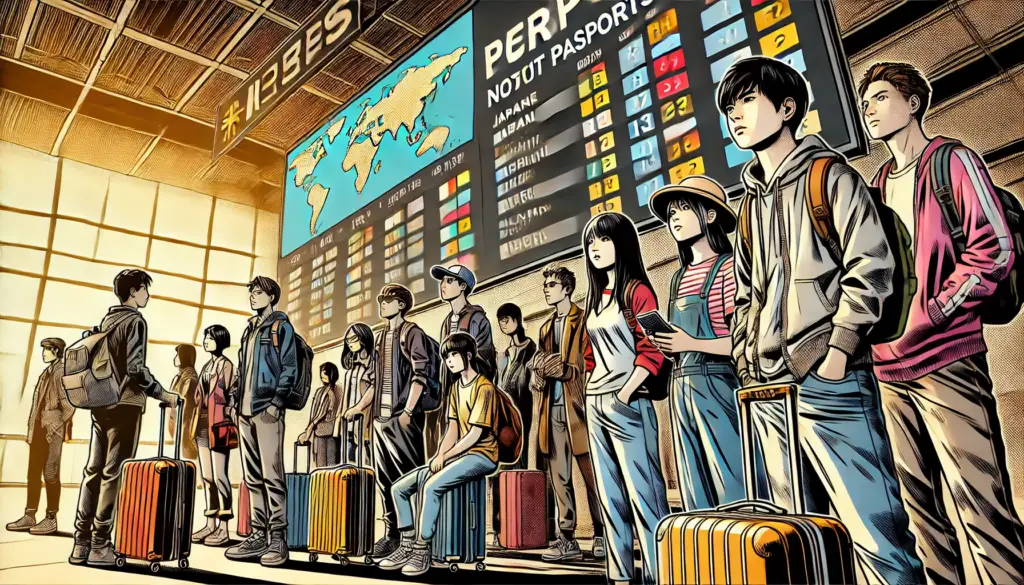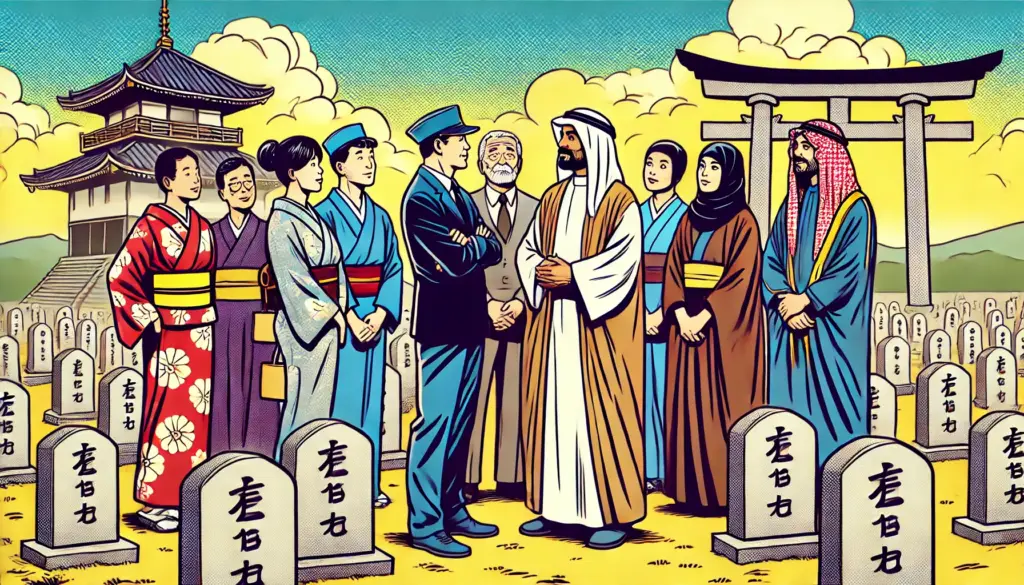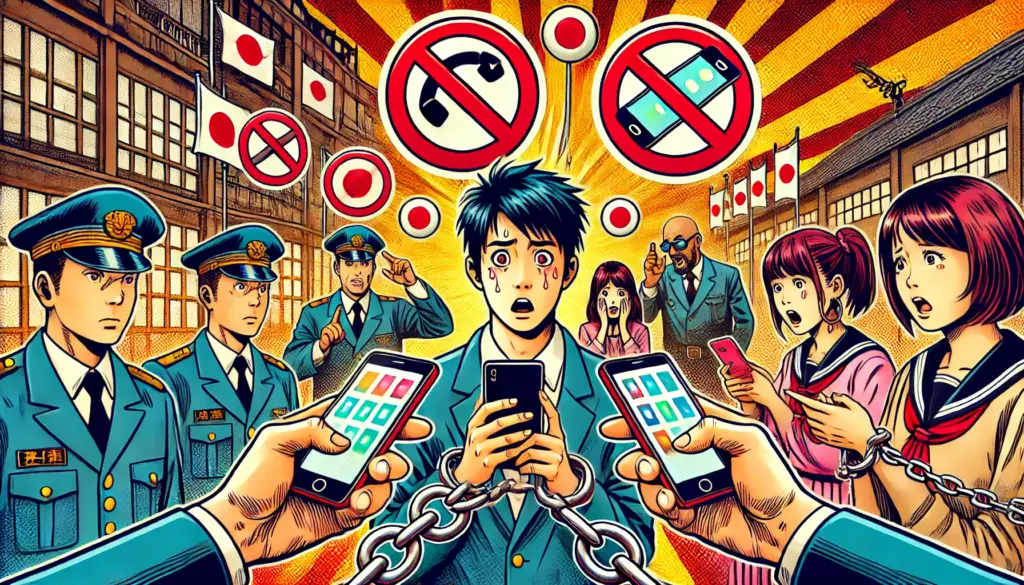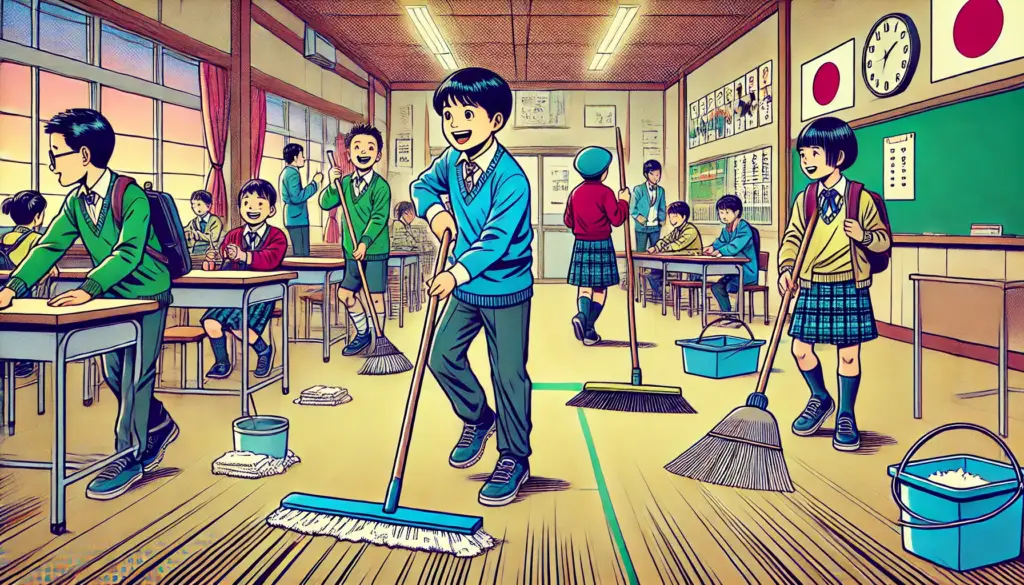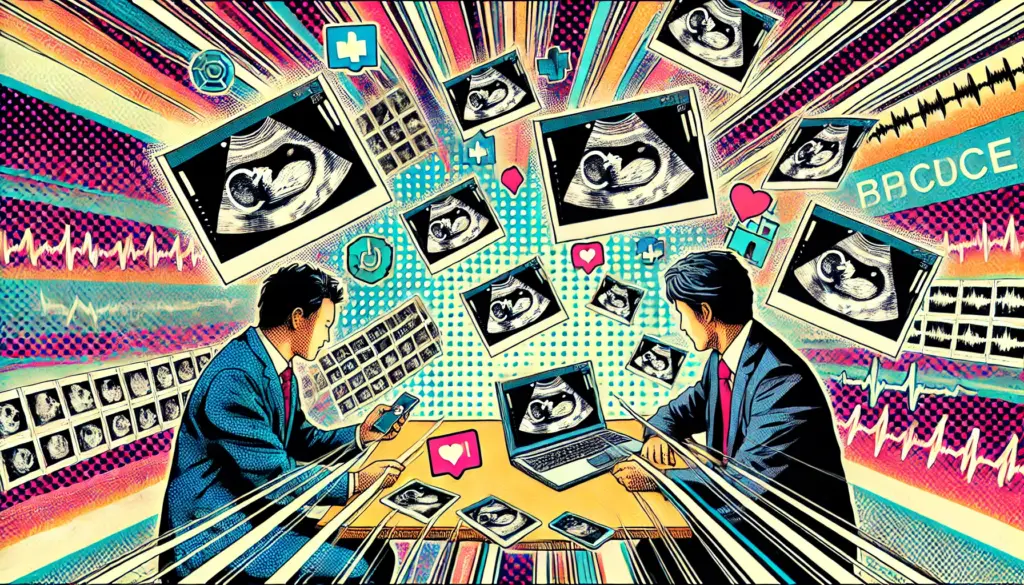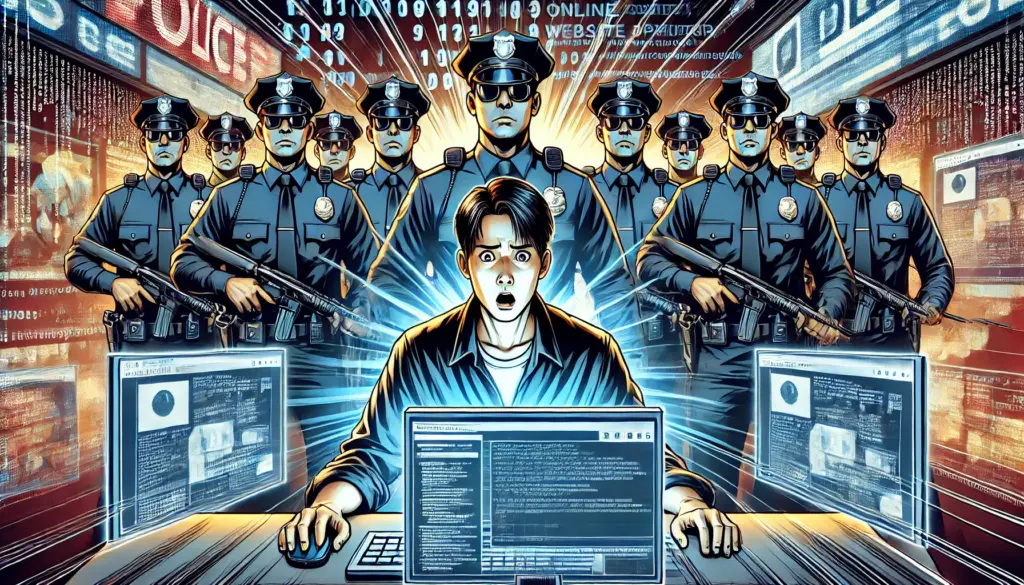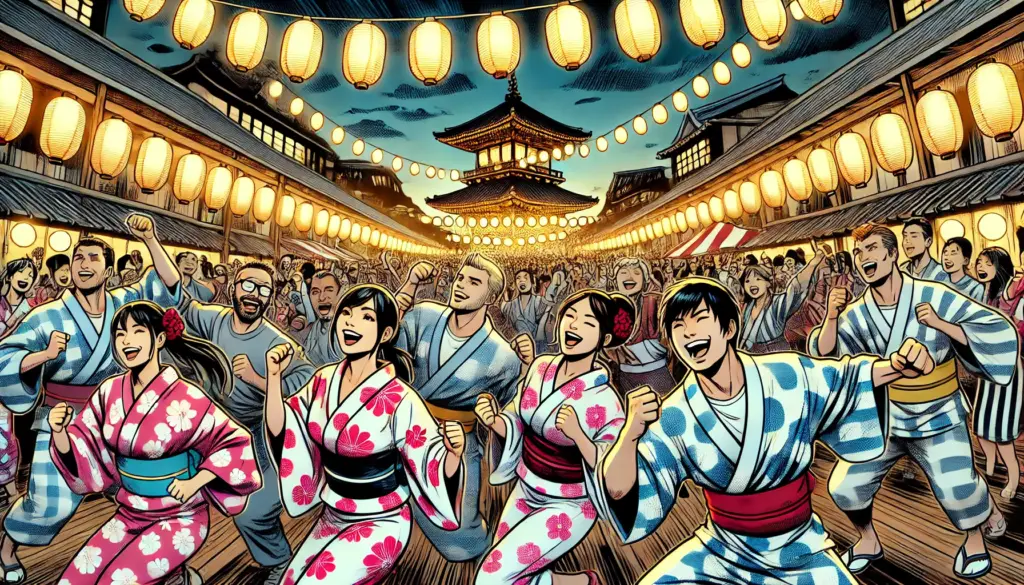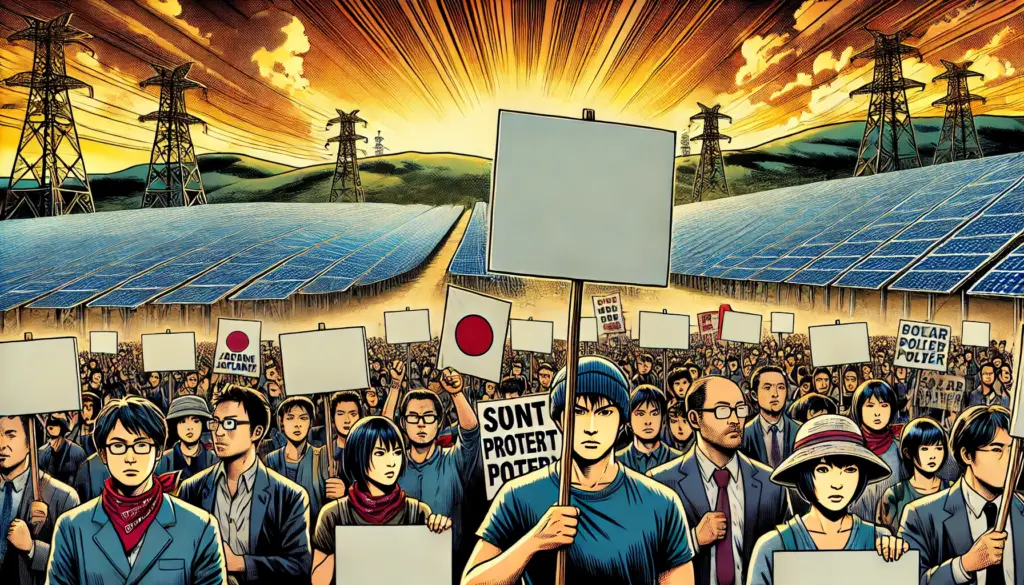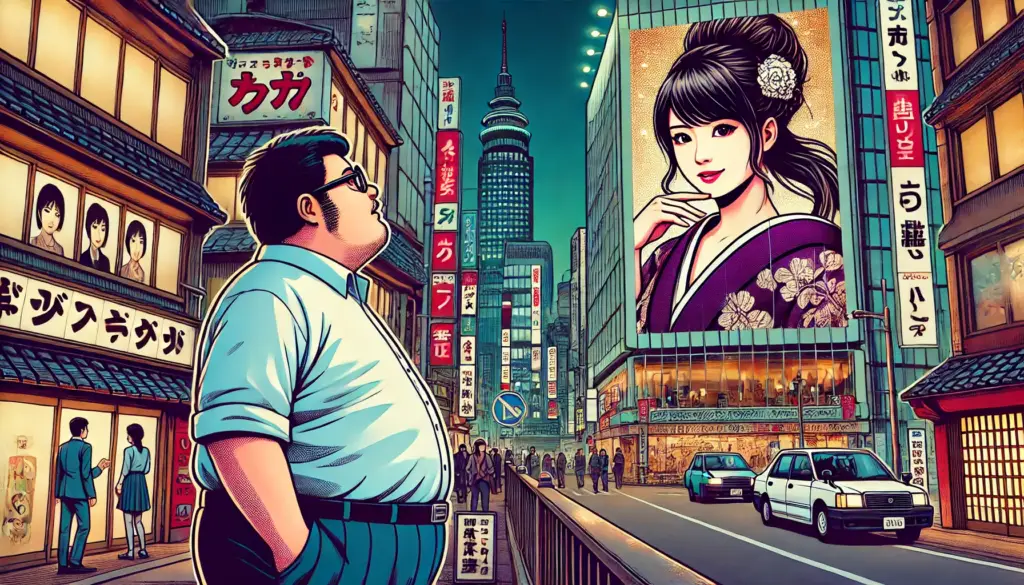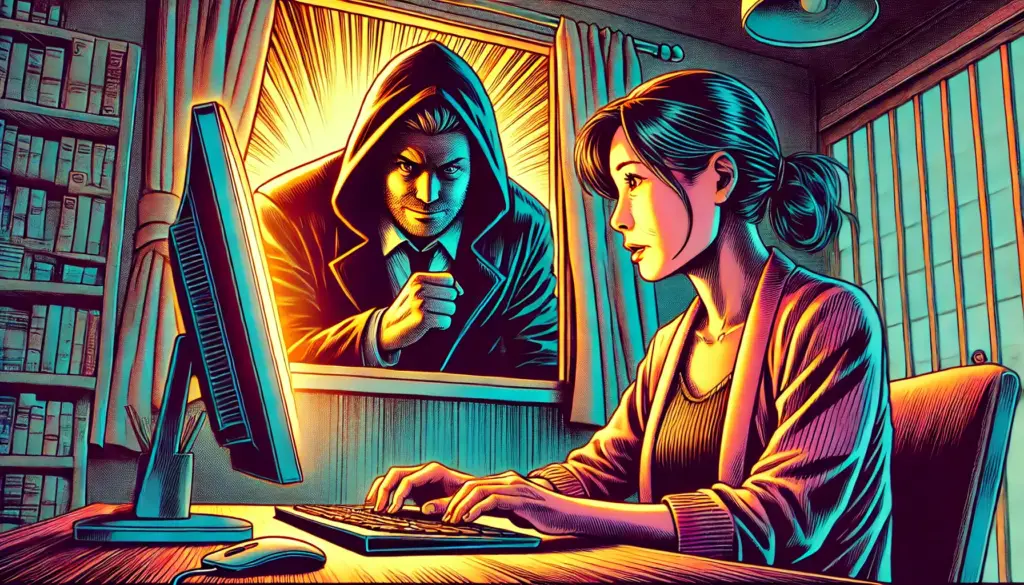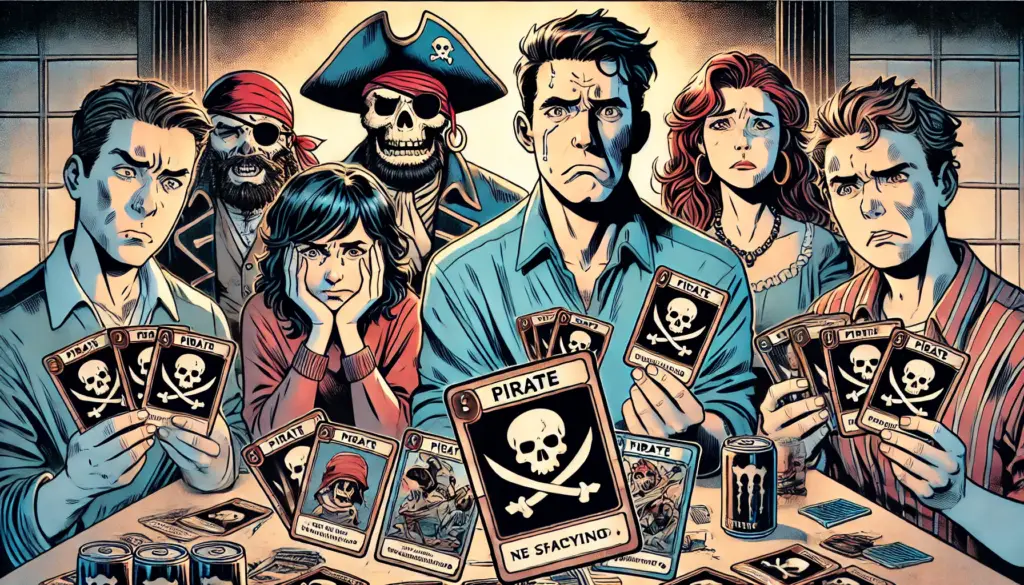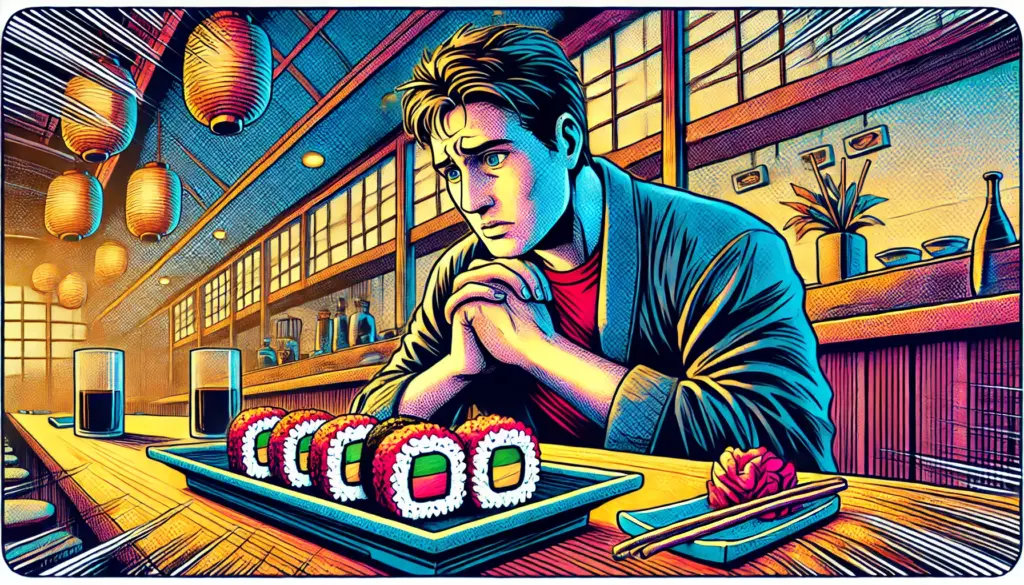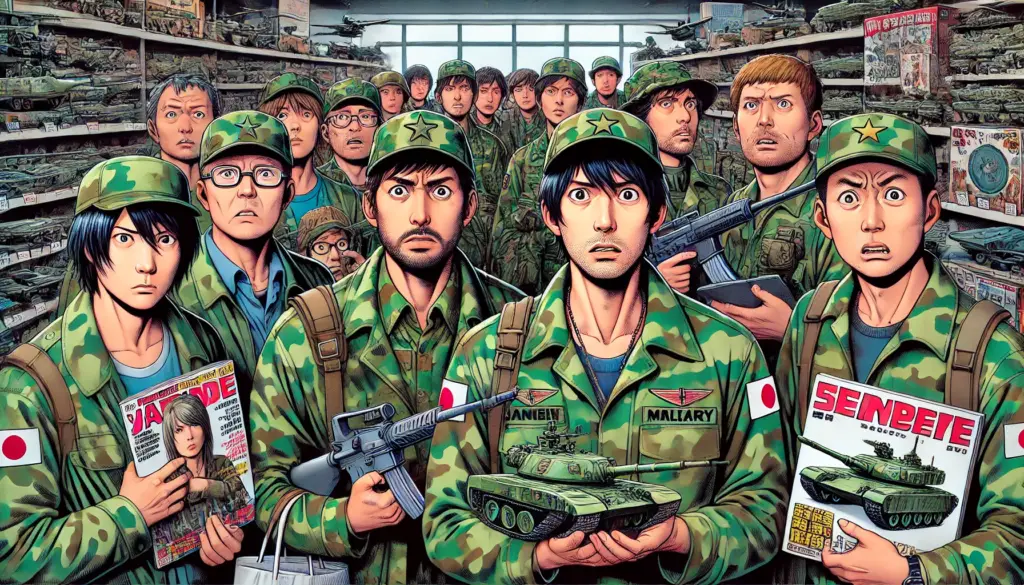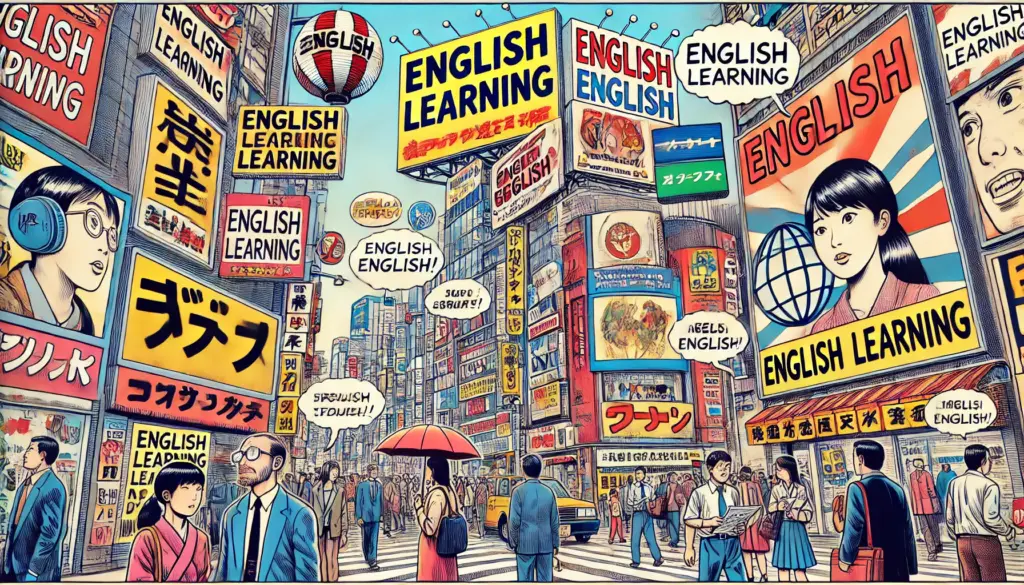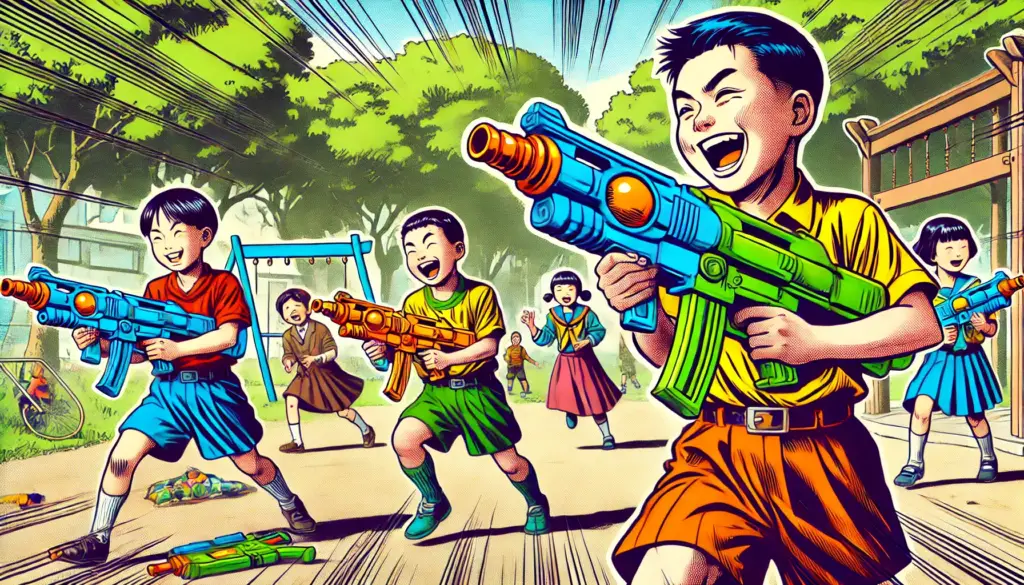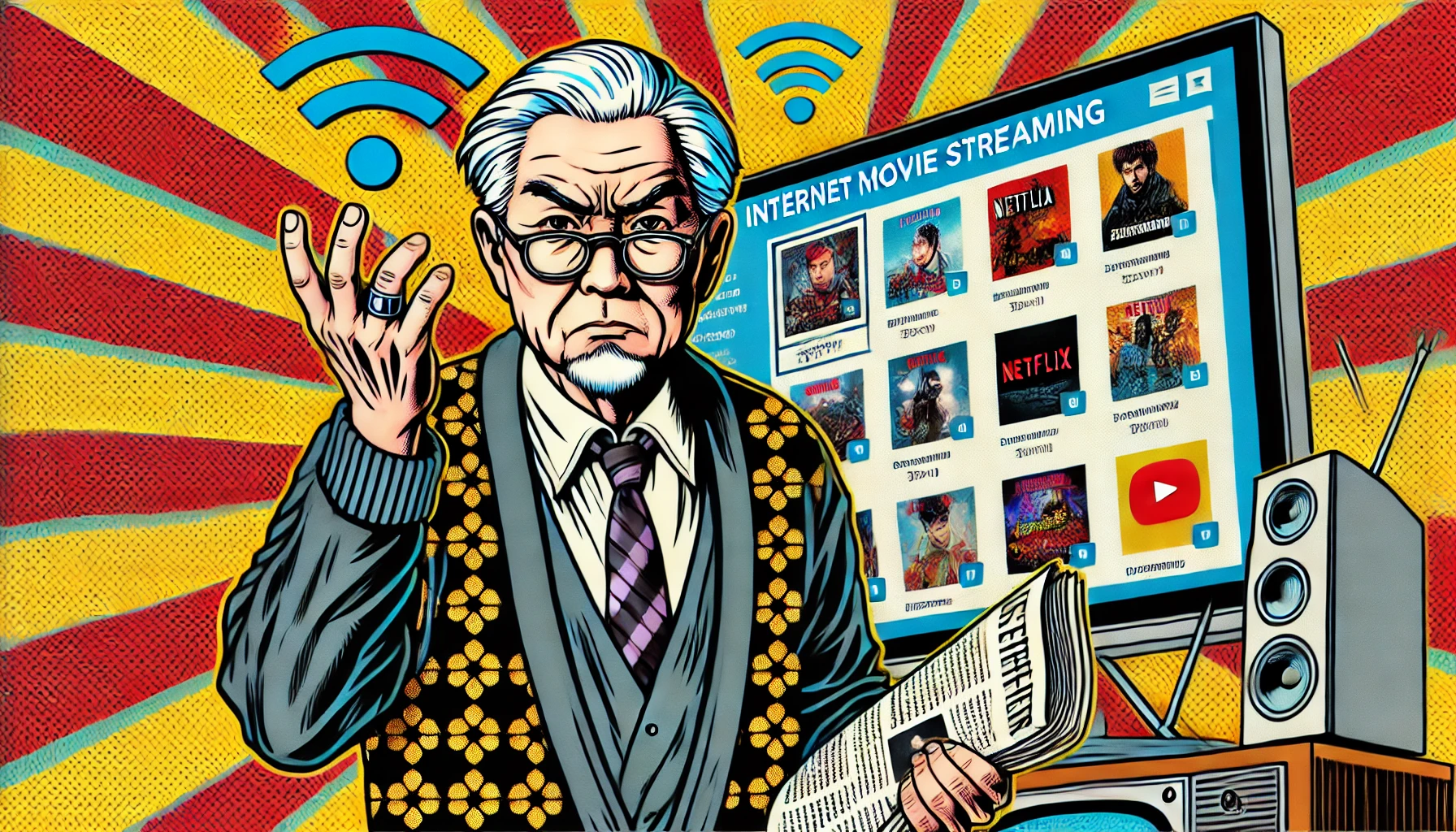
As of July 22, 2025, Japanese audiences still can’t stream most Studio Ghibli films domestically. While the rest of the world enjoys them via Netflix or HBO Max, Japan is stuck with DVDs and occasional TV broadcasts. Why is that? And is the situation finally about to shift?
🎬 Ghibli’s Refusal to Stream in Japan: What’s Really Behind It?
For years, Studio Ghibli’s stance was clear: movies should be watched in theaters. Hayao Miyazaki himself has stated that watching a film on a smartphone or laptop was “not cinema.” This ideology, while admirable from an artistic standpoint, has shaped Ghibli’s entire distribution strategy.
But this explanation alone doesn’t paint the full picture.
1. Ghibli’s Deep Ties with Japanese Terrestrial TV
Since the 1980s, Nippon TV (NTV) has played a huge role in Ghibli’s success. Its “Friday Road Show” (金曜ロードショー) became a cultural institution, drawing millions of viewers whenever a Ghibli film aired. Japanese households often re-watch Spirited Away or Totoro not by choice, but because it’s simply “on TV.”
That regular TV presence is intentional and profitable. Ghibli and NTV can ensure massive national exposure and ad revenue with just a few airings per year. Streaming services would reduce this scarcity—and dilute the ritual.
2. Physical Media Isn’t Dead in Japan
Japan has resisted the global decline in DVDs and Blu-rays. Ghibli films still sell well in stores and rental chains like TSUTAYA. Many families own a box set or two, and “renting a disc” remains common behavior—especially in rural areas.
Even in 2025, the DVD market in Japan is lucrative. Studios and publishers like Tokuma Shoten (Ghibli’s early distributor) continue to profit from each sale or rental, something they can’t match via flat-rate streaming deals.
3. Contractual Complexity and Stakeholder Resistance
Ghibli isn’t just one company. Licensing rights for each film often involve multiple entities—NTV, Tokuma Shoten, Disney (for some titles), and international distributors like Wild Bunch. In Japan, renegotiating those contracts for digital streaming involves navigating a web of legacy agreements.
Releasing Ghibli on Netflix in Japan could disrupt long-term licensing models and anger key business partners. And Ghibli, notoriously protective of its brand, prefers control over convenience.
🌏 So Why Can the Rest of the World Stream It?
It all comes down to rights.
In 2020, international streaming rights were sold to Netflix (for everywhere except the US and Japan), and to HBO Max in the US. Wild Bunch International brokered the deal, independent of Japan’s domestic licensing system.
In other words, foreign distributors had more freedom—and fewer legacy TV deals to tiptoe around.
📺 Why Japanese People Still Watch Ghibli on TV
Watching Nausicaä or Laputa on Friday night TV isn’t just about convenience—it’s a social ritual. Families watch together. Twitter trends explode with hashtags. Entire generations bond over the same scenes at the same time.
Ghibli films aren’t just content—they’re events.
And that communal experience can’t be replicated by Netflix.
This is why even in 2025, many Japanese don’t feel the absence of streaming the way global fans might. Ghibli is never really “gone”—it’s just always scheduled.
💡 The Cultural Context: Scarcity vs. Abundance
In Western markets, availability is everything. Convenience rules.
But Japan often places cultural value on limitation and timing.
Just like seasonal food, rotating anime reruns, or time-limited convenience store items, Ghibli’s limited broadcast schedule creates anticipation and emotional value.
This sense of scarcity turns each airing into a small cultural moment.
If Ghibli were always available, it might not feel as special.
🚨 Signs of Change?
The winds may be shifting. On July 15, 2025, Grave of the Fireflies quietly debuted on Netflix Japan. This marks the first-ever Ghibli film available via streaming domestically.
It was a surprise—and likely a test. If viewership is high and backlash is minimal, more titles may follow.
Also, with Nippon TV acquiring full ownership of Studio Ghibli in 2023, internal decision-making has streamlined. NTV could now push for digital monetization more aggressively, especially if ad revenue from terrestrial TV declines.
🔍 My Take: Is the Resistance Still Justified?
Artistically, Ghibli’s stance makes sense. But in a world where streaming defines how the next generation discovers film, their exclusivity strategy risks alienating younger fans.
It’s not about replacing theatrical or communal viewing—it’s about accessibility. Not every Japanese household has a DVD player in 2025.
Not every rural resident gets strong TV signals. And not everyone can catch a movie on a specific Friday night.
The digital world isn’t anti-cinema. It’s just a different form of connection.
🛠️ What Options Do Japanese Fans Have in 2025?
| Method | Pros | Cons |
|---|---|---|
| Terrestrial TV | Free, communal, nostalgic | Infrequent, unpredictable |
| DVD/Blu-ray | Full control, bonus content | Expensive, outdated hardware |
| Online DVD rentals | Legal and easy | Requires mailing system |
| VPN (to access Netflix overseas) | Immediate access | Legal gray zone, technical knowledge |
| Limited streaming (e.g., Fireflies) | Convenient | Only one title so far |
🔮 Conclusion: 2025 Could Be a Turning Point
The Studio Ghibli streaming dilemma is more than a licensing issue—it’s a collision between cultural values, legacy business models, and evolving viewer habits.
But the debut of Grave of the Fireflies may be the first crack in the dam.
If audiences respond positively and internal resistance softens, the future may finally bring Ghibli’s magical worlds into Japanese streaming homes.
And when that happens, a new generation of fans won’t just wait for Friday nights—they’ll carry Ghibli in their pockets, ready to dream at any time.
















